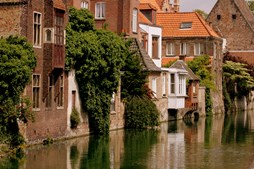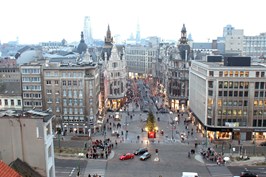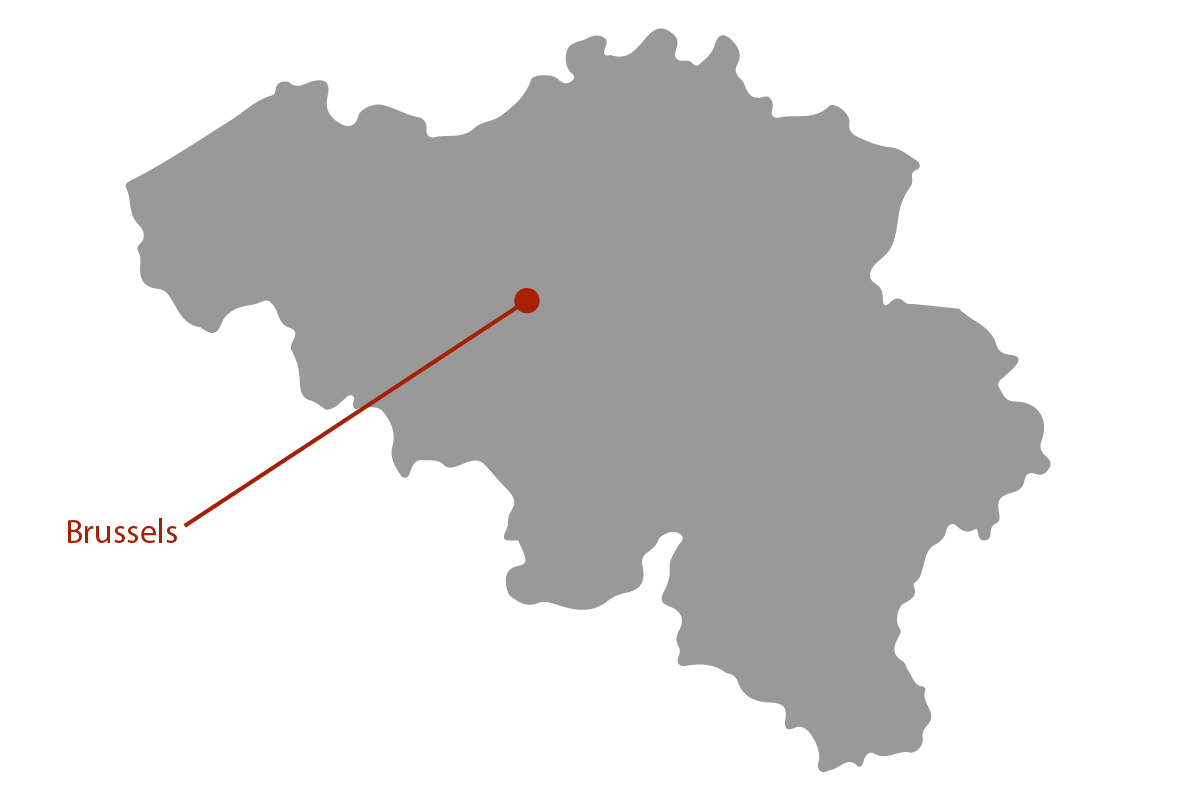|
Home to the headquarters of the European Union (EU) and North Atlantic Treaty Organisation (NATO), this small country offers an amazing cultural and historic heritage to potential visitors. Not only that, Belgium is conveniently located for exploring Western Europe, with most European capitals within 1,000 kms of Brussels.
So grab your passport, get your travel insurance for Belgium in order and head to the Kingdom of Belgium to explore its rich history and taste its amazing range of delicious foods.
|
|
Travel Highlights of Belgium
Brussels is the capital of Belgium and where most international travellers will arrive. Being home to the EU and NATO, you’re likely to hear more languages than you’ll find on your average satellite television by just wandering down a city block.
To call Brussels cosmopolitan is almost an understatement. The presence of many cultures can be felt everywhere, especially when it comes to eating. While in Brussels, make sure to stroll over to the magnificent Grande-Place, check out the Art Nouveau buildings by architect Victor Horta scattered all over the city, and have a look at one of the most photographed statues in Brussels: the ‘manneken pis’ – a small bronze sculpture depicting a naked little boy urinating into a fountain’s basin.
Brussels is also a great place to explore Belgium's food scene. All over town you’ll find vending carts selling French fries, which the Belgians have definitely perfected. They’re generally served with a dizzying array of sauces in various colors, all of which are worth trying.
As many international organizations have chosen Brussels as their headquarters, travellers will also find a lot of different ethnic restaurants that serve delicious foods. Of course, no trip to Brussels is complete without going to at least one chocolatier - Belgian chocolate is world famous after all, and once you visit a chocolate maker's shop, you’ll know why!
Outside of Brussels you’ll find the two distinct regions of Belgium: Flanders and Wallonia. Flanders is a mostly Dutch-speaking region with many Flemish provinces, and is home to the city of Antwerp and Bruges.
Antwerp is Belgium's second largest city and mainly known for two things: the artist Rubens and diamonds. Antwerp is famous for being the diamond capital of the world: 85% of the world's rough diamonds and 50% of the world's cut diamonds are traded in this city! Antwerp is also where the famous painter Peter Paul Rubens worked from, and you can still visit his home, which is now a museum to his life and art.
| Bruges is famous not only because it featured in a Hollywood movie, but also for being 'the Venice of the north' due to its many canals. The medieval city center is a UNESCO world heritage site worth visiting and you can spot some stunning examples of the belfries (bell tower) Belgium is famous for. |
 |
South of Brussels you find the Wallonia region, which is mostly French speaking with some small German speaking towns scattered around. This region is home to the famous Neolithic Flint Mines as well as some major coal mining sites dating back to the 19th century. If you have a couple of days to spare, head to the town Spa and pamper yourself at the original spa-town!
The student town of Liège acts as the cultural capital of Wallonia, bearing witness to its industrial past. Situated along the river Meuse, you can find a range of different architectures here, especially pre-war architecture. There are also many Museums dealing with Wallonian history and culture.
Wherever you may go in Belgium, finding good food is not difficult. Belgians love to eat and drink well! Make sure to try some moules frites (mussels cooked in a creamy white wine sauce served with crispy French fries), which are available all over the country but best enjoyed near the coast. For a quick snack on the go, locate the nearest waffle stall and choose between light and airy or gooey centered deliciousness. Belgium is also quickly becoming famous for its many locally made craft beers, and it is well worth visiting a local pub to try whatever is on offer. Be careful though, as some of the beers are quite strong!
| As for travel planning, the best time to visit Belgium is between mid-April to mid-October. Make sure to avoid the peak months of July and August though, as this corresponds with main school holiday period in Europe. The weather tends to be pleasant during summer, but be sure to pack a jacket in case of rain. |
 |
Belgium is a safe place to travel, however travel insurance should still be on your checklist, and it is best to keep an eye on your belongings in major cities. Otherwise, get your walking shoes ready to conquer the medieval cities and prepare your taste buds for many extraordinary culinary experiences!
For more information on Belgium, visit the Belgium Tourism Website.
 †
†





